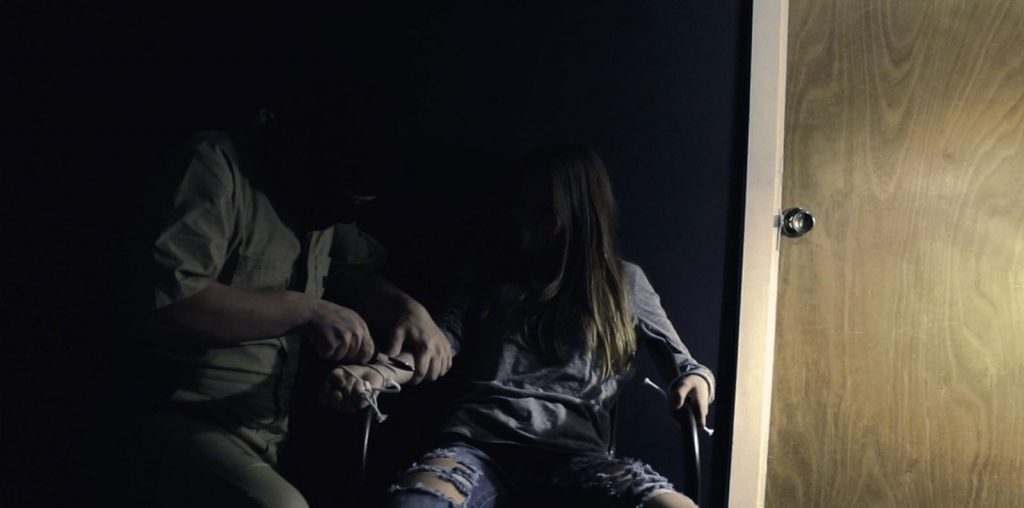
“SIXTY CAMERAS AGAINST THE WAR”, a 25-minute film that uses simultaneous images to chronicle the powerful antiwar rally on Feb. 15, 2003 in New York City, will premiere during the Republican National Convention in two film series: the Imagine Festival and the Whitney Museum’s ‘War! Protest in America 1965 – 2004.’ The Imagine Festival screening is Sunday, Aug. 29th at 9pm at the Pioneer Theater (155 East 3rd St. Box Office: 212-254-3300), where it plays with Spike Lee’s short on the Florida elections of 2000, WE WUZ ROBBED. A longer version of “60 CAMERAS” will run as a work-in-progress for two hours each day in the Whitney film series, co-curated by Chrissie Iles and artist Sam Durant, from Aug, 25 – Oct. 24. This process will culminate in a final 2-hour version screening the weekend of Oct. 24th.
Award-winning filmmaker Julie Talen (PRETEND, 2003) initially asked people she encountered with cameras during the rally itself, organized by United for Peace and Justice, in which NYC joined the world’s largest global peace protest, some 15 million people, against the impending war in Iraq. After the event, footage was found through alternative media collectives Indymedia, Paper Tiger TV and Free Speech TV, and groups like New Yorkers Say No To War and the New York Civil Liberties Union.
Cut together in grids of two, three, five and as many as twenty squares in a technique Talen calls multichannel narrative, the piece contrasts the peaceful, if chilly, crowds on First Avenue and 51st St., enjoying speakers like Susan Sarandon, Danny Glover and Bishop Tutu, with the frustration of thousands trapped on Second and Third by barricaded cross streets guarded by cops. By 12:30, the NYPD was using mounted police to push crowds west and north — away from the rally, where protestors stood in pens that still had room. Ultimately, the multiple cameras capture protestors shoved onto sidewalks, ridden into by horses, sprayed with pepper gas and arrested as the NYPD methodically cleaved the protest in two, block by block, in clear violation of the Constitutional right to peaceably assemble. Many stranded thousands simply rallied where they were, filling Second and Third with chanting, beating drums, even dancing, and shutting down the East Side of Manhattan for much of that day. On two cross streets, determined antiwar protestors broke through the barricades after hours of waiting.
